Here is an update on nudibranchs at the Poor Knights Islands. It's not meant to be an exhaustive list; the islands are huge and the range of nudibranch habitats is extensive. This is my summary of what I was excited to see during the month of August.
If bigger is better then New Zealand is really delivering the goods right now. Forget those teeny tots from the tropics, we grow our nudibranchs cigar-sized.
There have been regular sightings of the Gem Nudibranch (Dendrodoris denisoni) with its pale brown protuberances and brilliant blue spots, the velvety Verco’s Tambja (Tambja verconis) and the gloomy light-sucking Morose Tambja (Tambja morosa) with its electric blue highlights. No magnifying glass required to spot these monsters.
If you’ve never had the patience to wall gaze long enough to find a nudibranch the size of your little finger nail, then these beauties are for you. Don’t get overconfident though, surprisingly the raucous mustard golds and electric blues of these sea slugs are great camouflage on the bright bryozoan-colonised walls that are typical of the Poor Knights Islands at this time of year. That being said, if you can’t spot one or two of these chunky beasts then you may as well give up now and go wreck diving.
Dare I say that we are experiencing a plague of the Fine-lined Tambja (Tambja tenuilineata) right now? The walls of Middle Arch are alive with these mid-sized nudis. Look out for the interesting variant of this species that is displaying a pale green to yellow colouration with diminished stripes.
Discovered on Magic Wall during the day, a nudibranch that I had not met before. Tiny (<10 millimetres), obscure, the Brown Trapania (Trapania brunnea) is doing absolutely nothing to stand out from the crowd. If you have impaired eyesight, don’t even try to find this little bugger. If you’re up for a challenge, this is one to look out for.
We are now experiencing our winter low water temperatures around the country (~14 degrees Celsius in northern New Zealand). Nudibranch populations are booming so whack on an extra layer of neoprene or thermal undergarment and head out scuba diving to hunt down your favourite mollusc.
Pucker up! Signing off with a kiss from Bordered Roboastra (Roboastra luteolineata).
Thanks to Dr Richard Willan, Senior Curator of Molluscs at the Museum and Art Gallery of the Northern Territory in Australia, for his ongoing support and help identifying the molluscs I find.
Have you seen any nudibranchs in New Zealand lately? Please share by making a comment below.
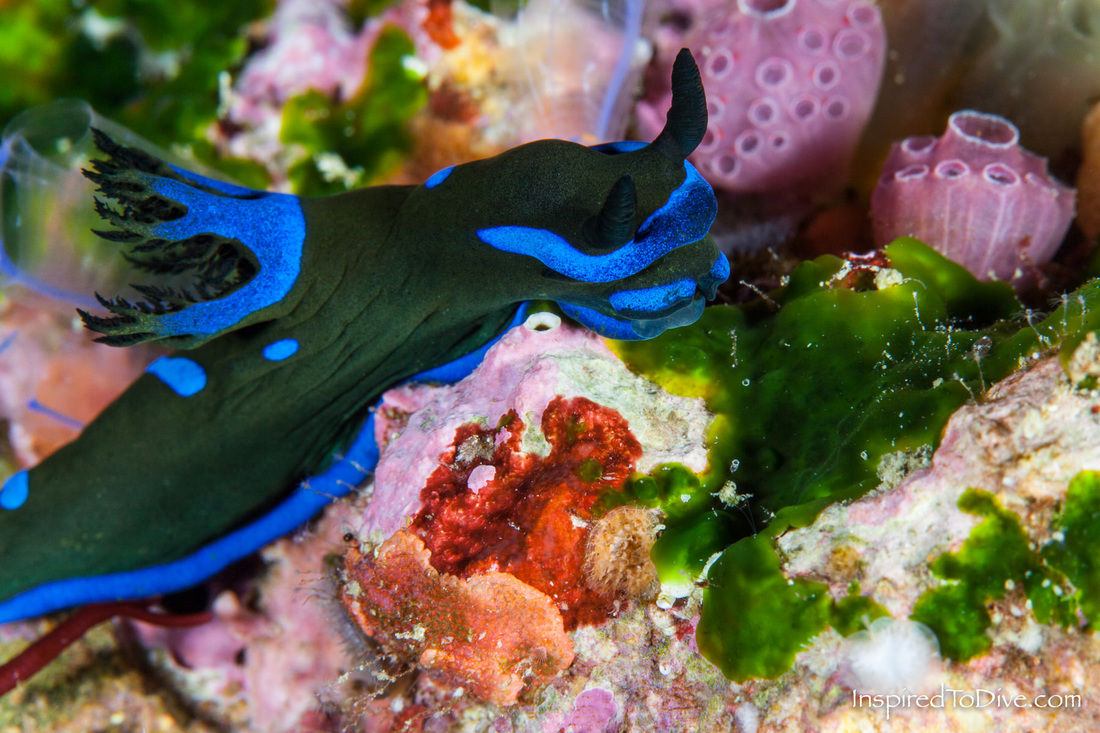
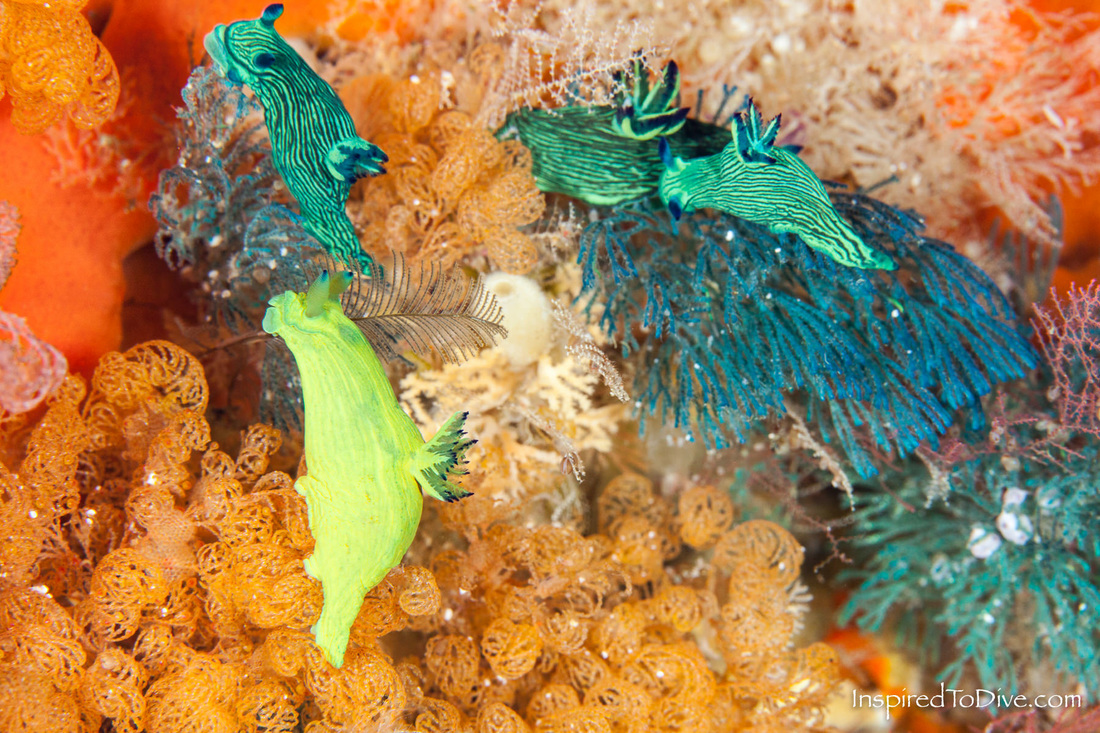
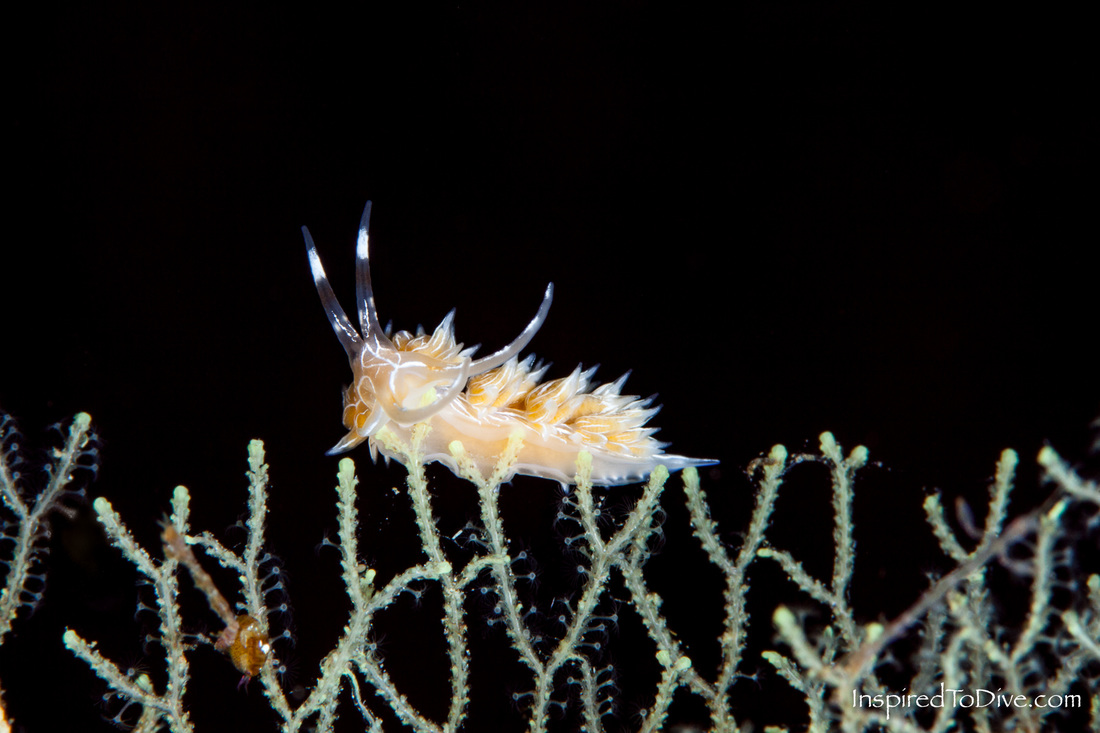
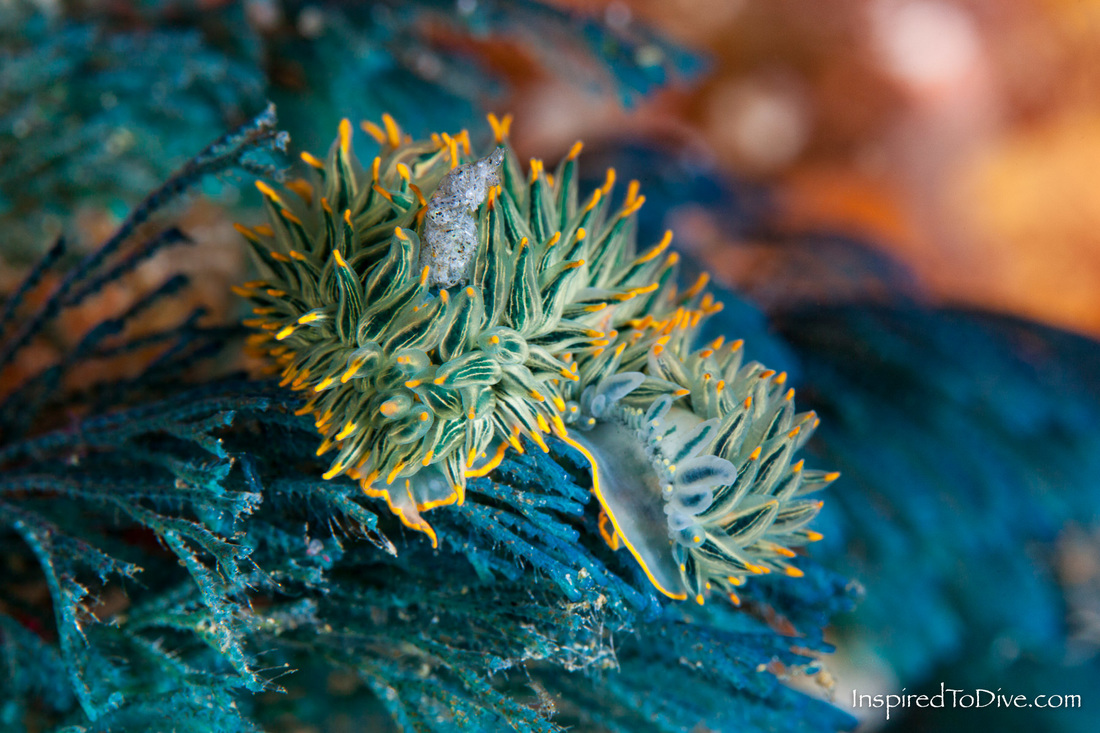
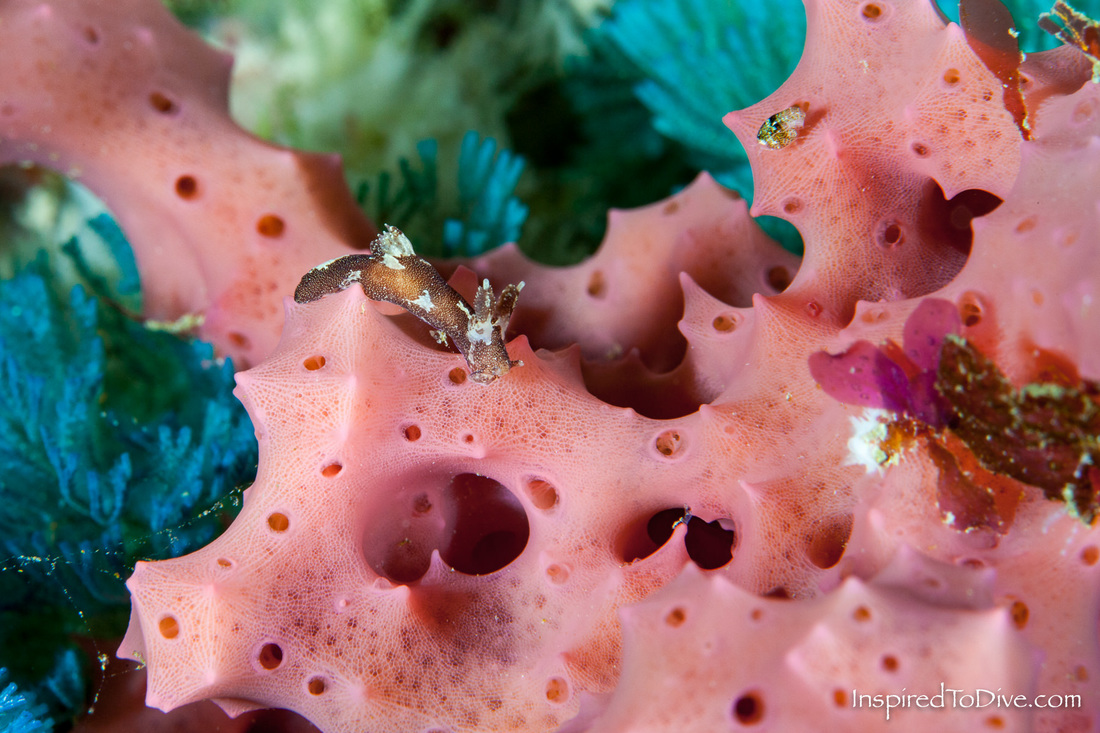
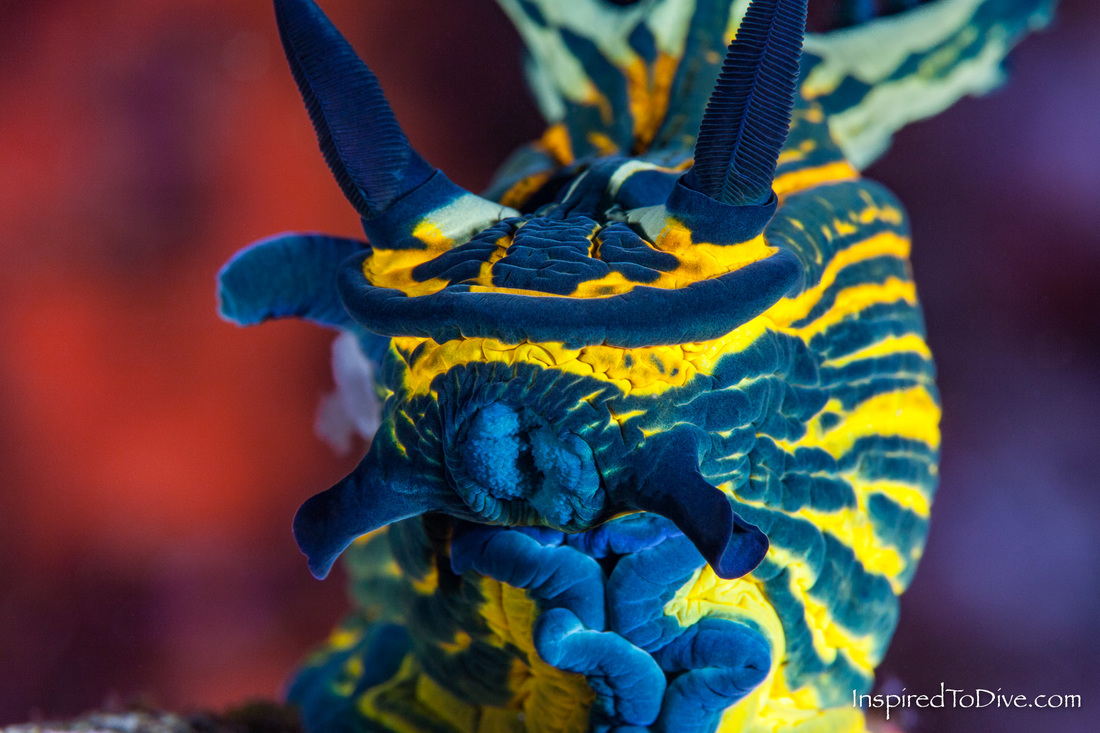

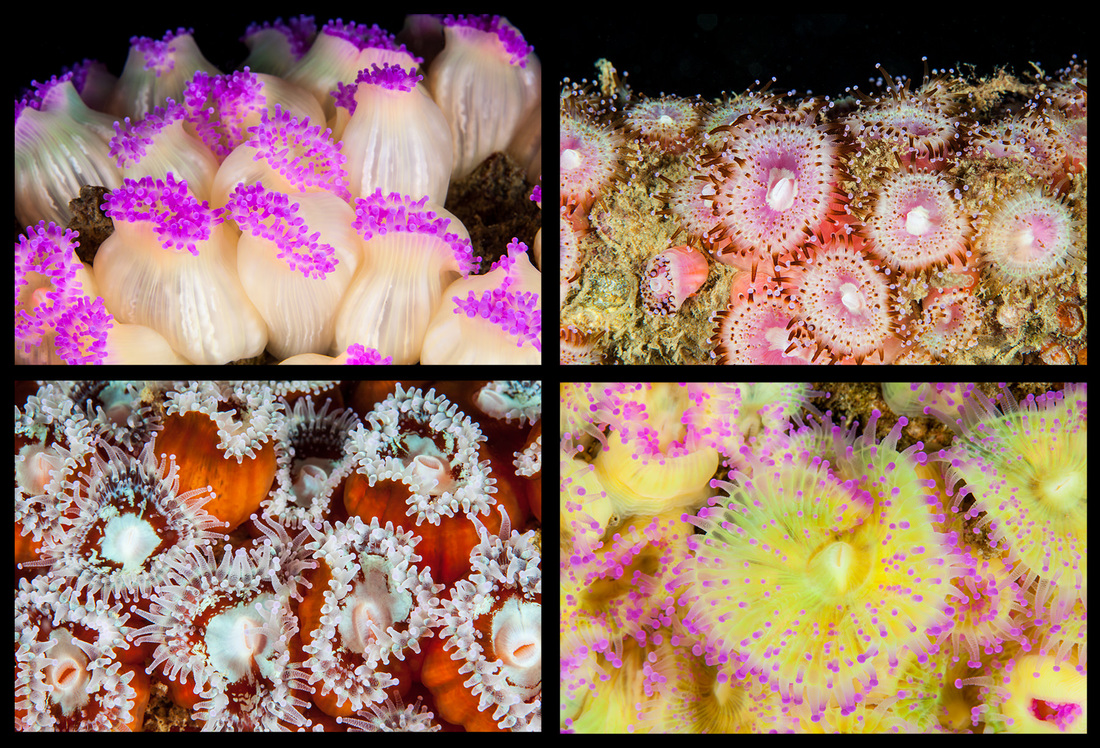

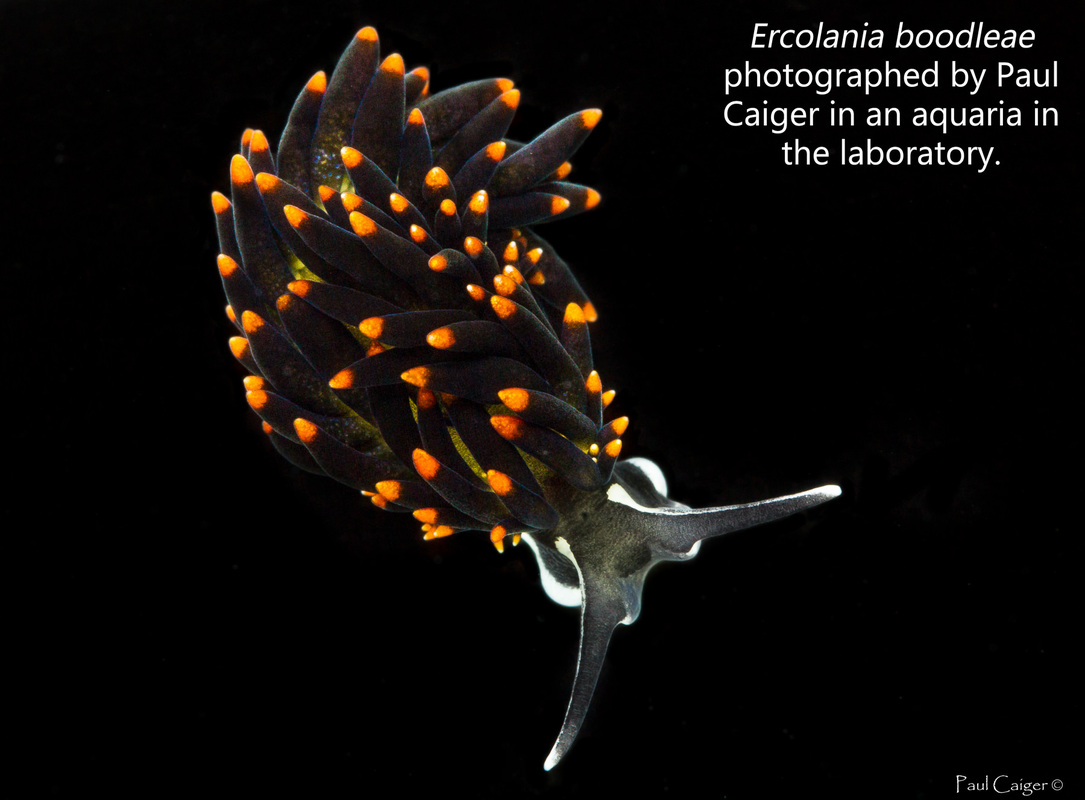
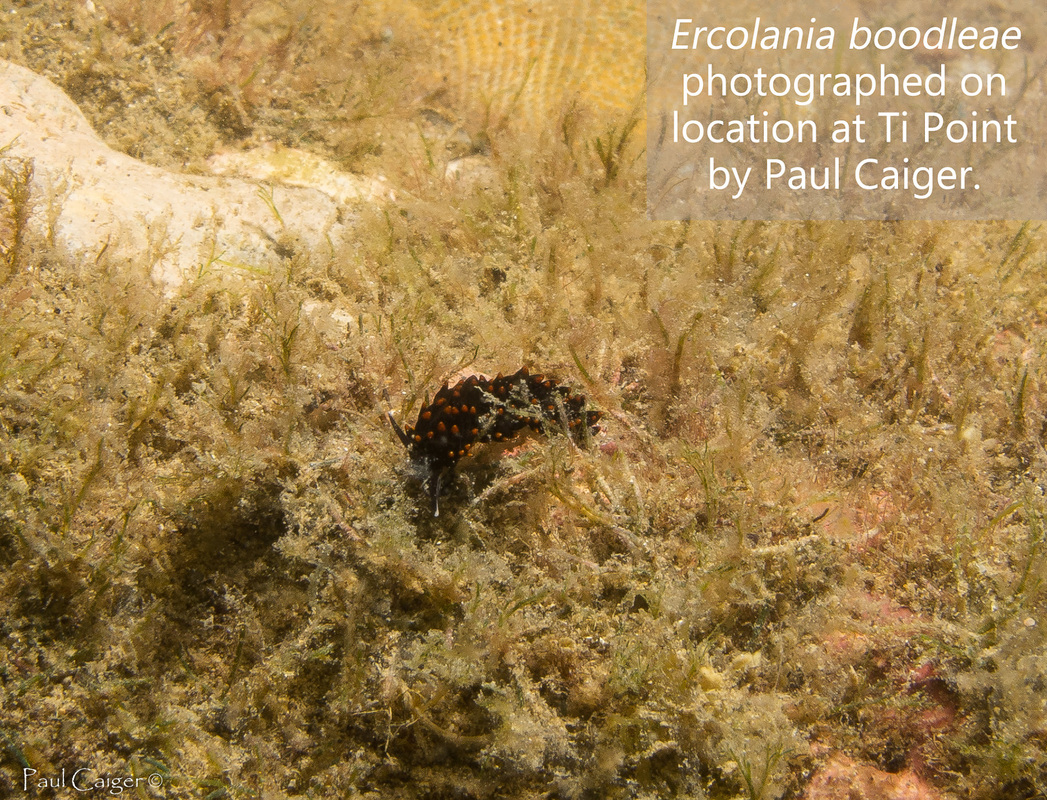

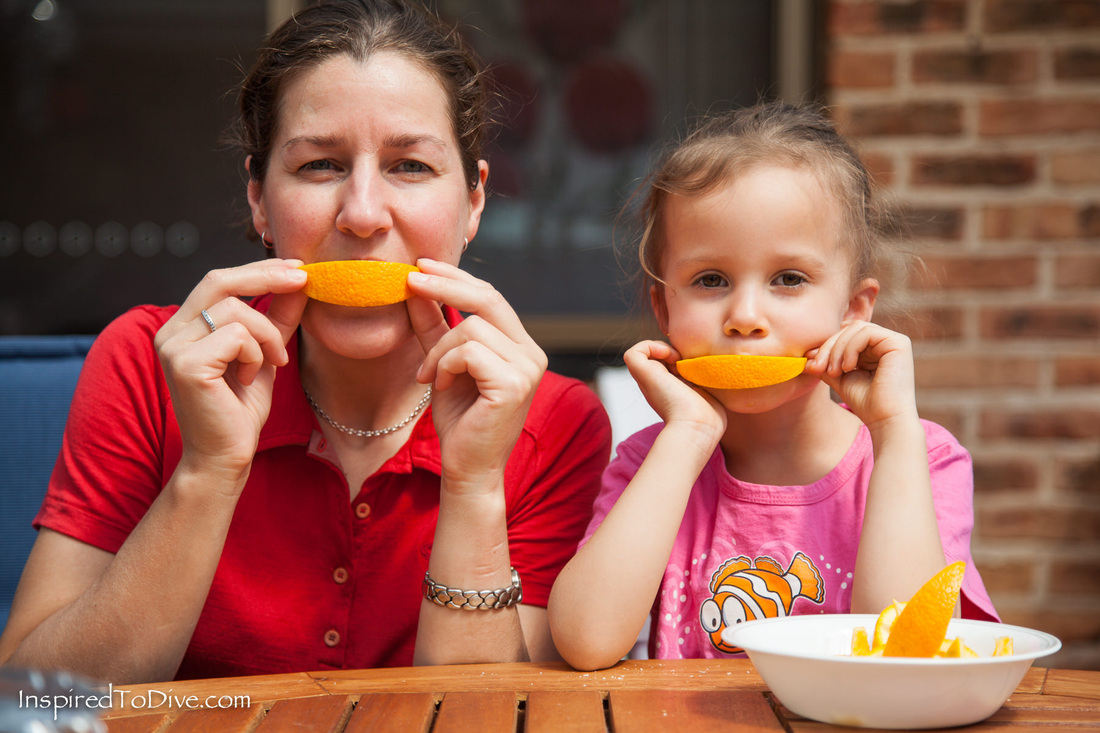
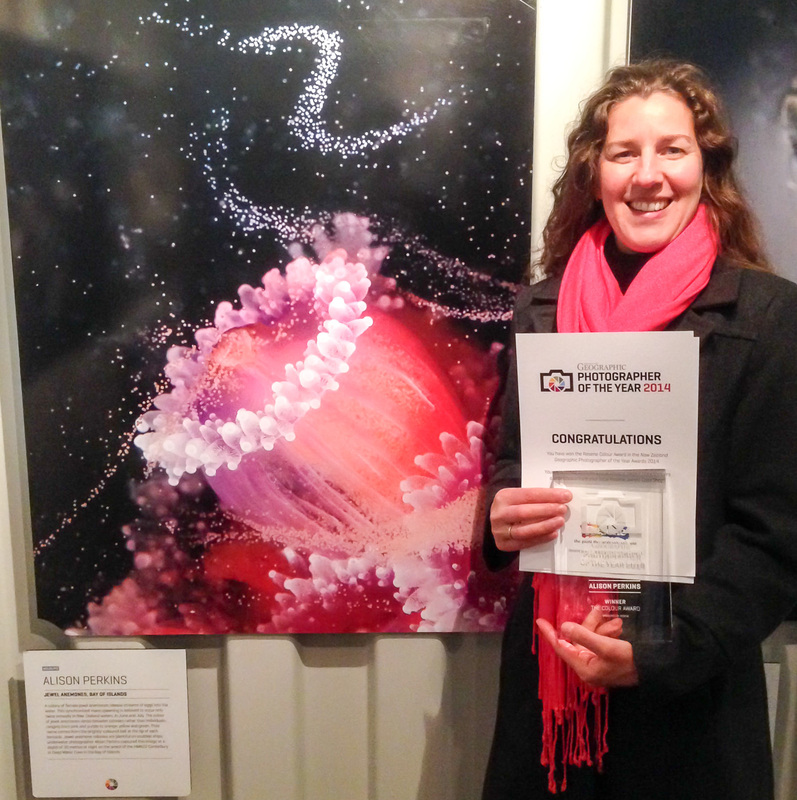
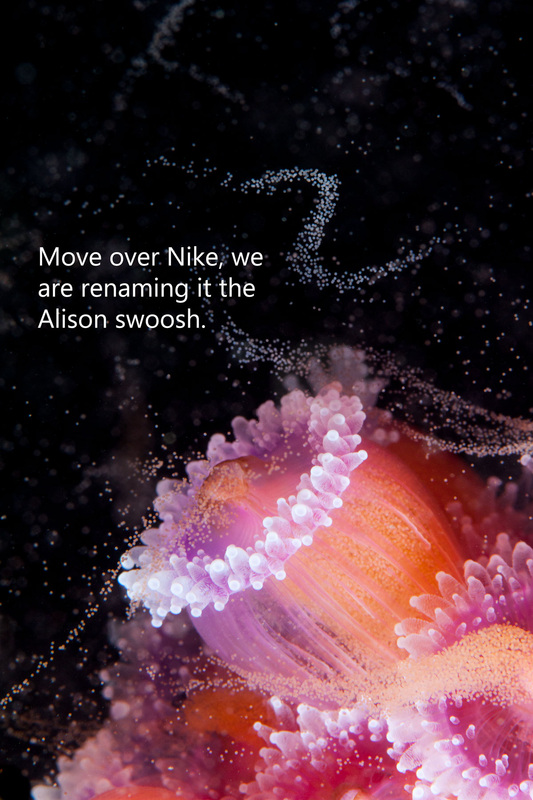

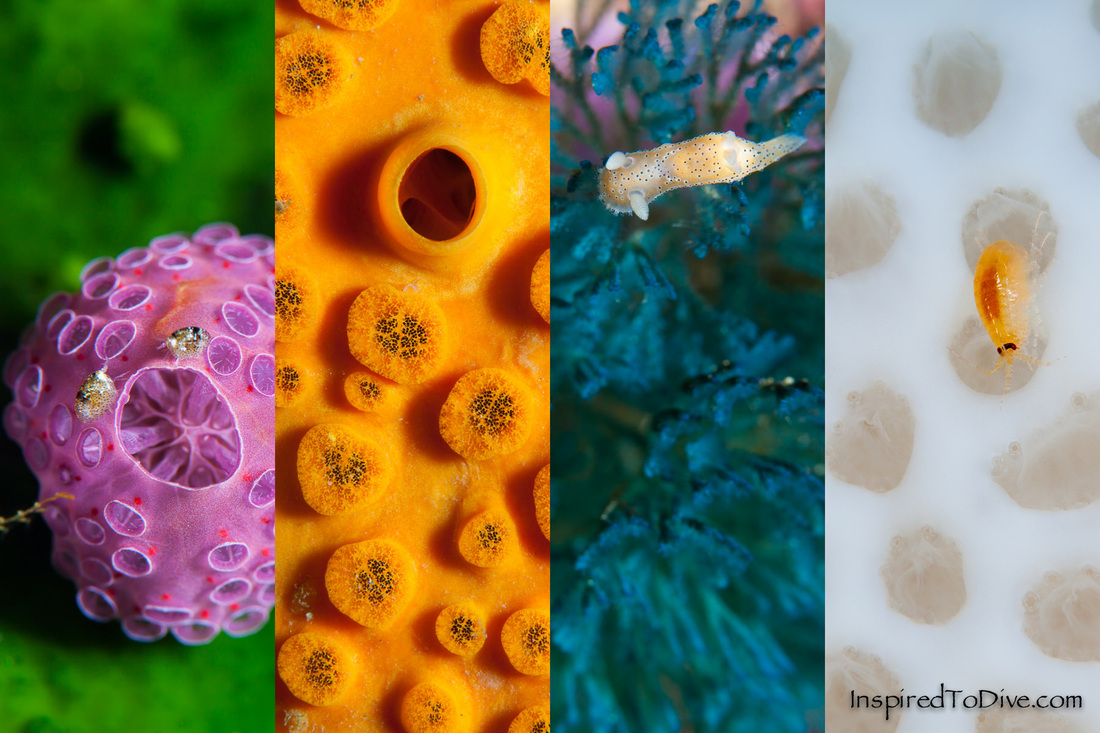
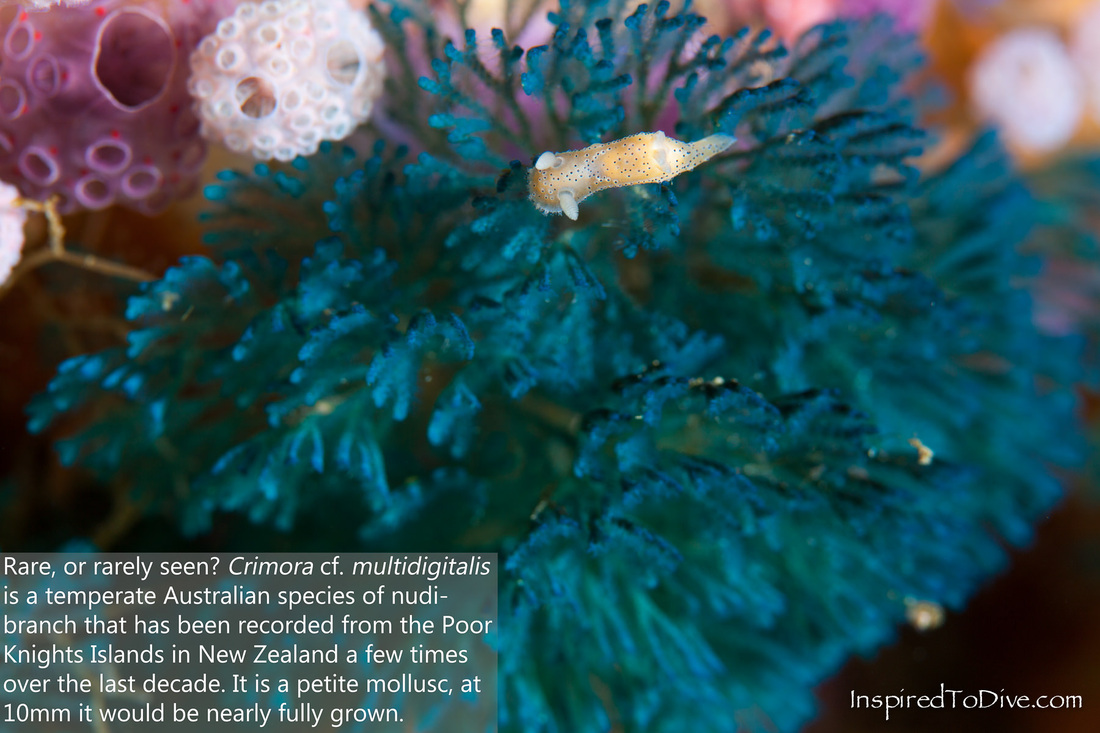


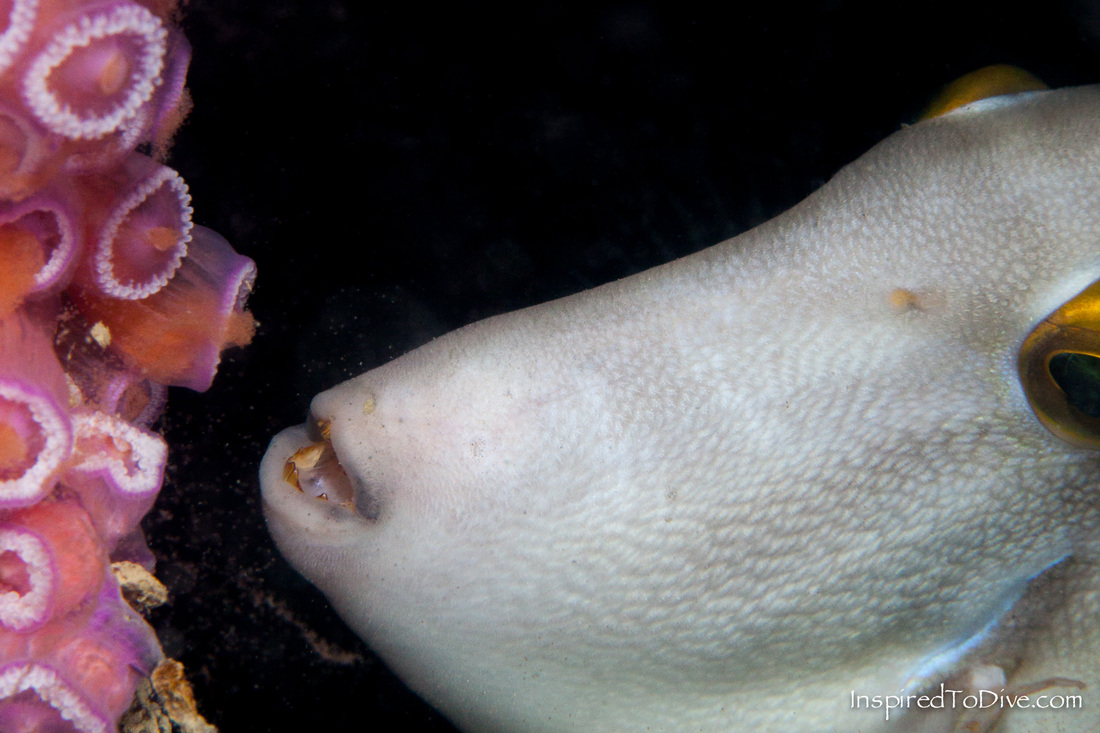

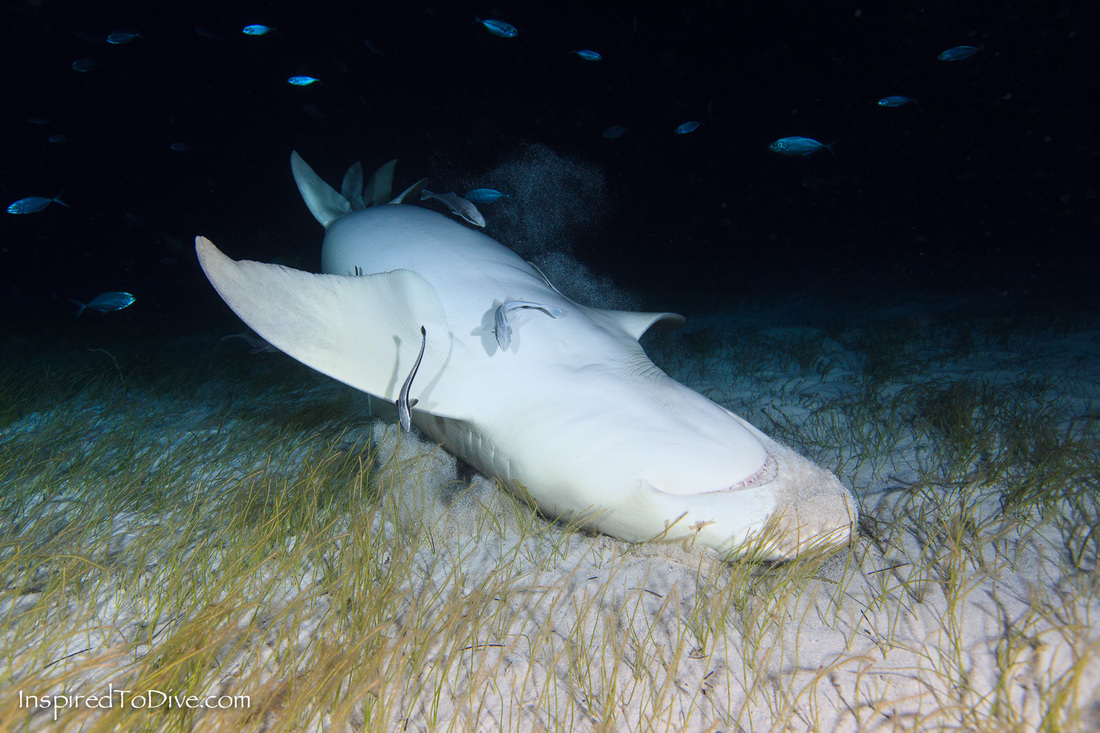

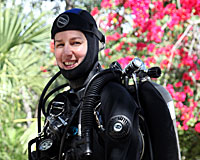
 RSS Feed
RSS Feed

